Introduction
Coconut, often hailed as the “fruit of the tropics,” is a versatile and nutritious delight enjoyed worldwide. Its rich, creamy flesh, known as coconut meat, offers a myriad of culinary possibilities, ranging from sweet treats to savory dishes. Whether you’re a fan of its natural, mild sweetness or looking to explore its culinary versatility, coconut meat can be incorporated into various meals with ease. This article delves into the common ways to enjoy coconut meat and provides practical tips for perfect preparation, ensuring you make the most of this tropical treasure.
Fresh Consumption: Nature’s Sweetness
One of the simplest and most direct ways to enjoy coconut meat is by consuming it fresh. Here’s how:
-
Opening the Coconut: Start by piercing a hole in the “eyes” of the coconut using a sharp object like a screwdriver or a clean nail. Pour out the coconut water, which is a refreshing and hydrating beverage on its own. Next, crack open the coconut shell using a hammer and a sturdy knife, taking care not to injury yourself.
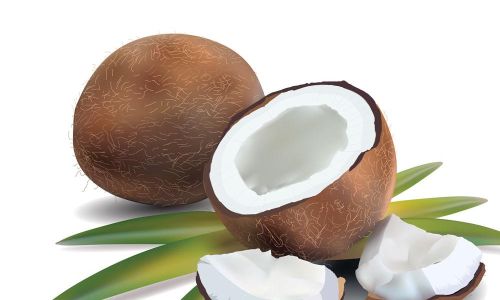
-
Removing the Meat: Use a spoon to scoop out the soft, white flesh. Fresh coconut meat has a slightly fibrous texture and a naturally sweet, slightly nutty flavor.
-
Eating as Is: Enjoy the coconut meat straight from the shell as a snack, or add it to smoothies, yogurt, or oatmeal for a tropical twist.
Tips for Fresh Consumption:
- Choose young, green coconuts for softer, more tender meat. Mature, brown coconuts yield firmer, drier meat suitable for different preparations.
- Store fresh coconut meat in an airtight container in the refrigerator for up to a week.
Grated Coconut: Versatile Base for Many Dishes
Grating coconut meat transforms it into a versatile ingredient for cooking and baking. Here’s how to grate coconut meat:
-
Preparation: Peel off the brown outer layer of the coconut meat using a vegetable peeler or sharp knife. This step is optional but enhances the appearance and texture of grated coconut.
-
Grating: Use a hand grater or a food processor with a grating attachment to turn the coconut meat into fine shreds.
Common Uses:

- Desserts: Incorporate grated coconut into cakes, cookies, and pies for a moist, chewy texture and subtle sweetness.
- Curries and Stir-fries: Add grated coconut to curries, stir-fries, and other savory dishes for a creamy, rich flavor.
- Chutneys and Relishes: Mix grated coconut with spices, vinegar, and fruits to make tangy, refreshing chutneys.
Tips for Grating Coconut:
- Freeze the coconut meat for about 30 minutes before grating to make the process easier and prevent the coconut from turning into a paste.
- Store grated coconut in an airtight container in the freezer for up to three months.
Coconut Milk and Cream: The Essence of Tropical Cooking
Extracting coconut milk and cream from coconut meat is a fundamental skill in tropical cuisine. Here’s how:
-
Soaking Method: Break the coconut meat into chunks and soak them in hot water for about 30 minutes. This softens the meat and makes it easier to blend.
-
Blending: Drain the soaked coconut meat and blend it with fresh water in a blender until smooth. The ratio of coconut meat to water can be adjusted based on the desired consistency.
-
Straining: Pass the blended mixture through a cheesecloth or a fine-mesh sieve to separate the coconut milk from the fiber. Squeeze the cloth gently to extract all the milk. The first pressing yields rich, creamy coconut milk, while subsequent pressings produce thinner coconut cream or water.
Common Uses:
- Soups and Curries: Use coconut milk as a base for creamy soups, curries, and stews.
- Desserts: Incorporate coconut milk into puddings, custards, and ice creams for a luxurious texture.
- Drinks: Blend coconut milk with fruits, spices, and honey to create refreshing tropical drinks.
Tips for Making Coconut Milk and Cream:
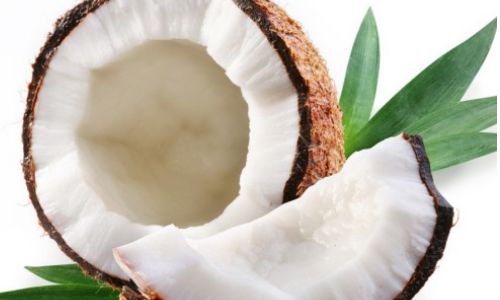
- For a richer flavor, use only the first pressing of coconut milk. The subsequent pressings can be used for lighter dishes or cooking.
- Store homemade coconut milk and cream in an airtight container in the refrigerator for up to three days. For longer storage, freeze in ice cube trays and transfer to a freezer bag.
Dried Coconut: Preserving the Tropics
Dried coconut, also known as copra, is a staple in many kitchens due to its long shelf life and concentrated flavor. Here’s how to make dried coconut:
-
Preparation: Peel and slice the coconut meat into thin strips or grate it.
-
Drying: Spread the coconut pieces evenly on a baking sheet and place them in a sunlit area or a low-temperature oven (around 150°F or 65°C) until they are completely dry and slightly golden. Alternatively, use a food dehydrator.
Common Uses:
- Snacks: Enjoy dried coconut as a healthy, crunchy snack on its own or with a sprinkle of salt or spices.
- Baking: Use dried coconut in cookies, bars, and granola for a chewy, nutty texture.
- Savory Dishes: Add dried coconut to stir-fries, salads, and rice dishes for a burst of tropical flavor.
Tips for Drying Coconut:
- Ensure the coconut pieces are evenly spaced to prevent them from clumping and drying unevenly.
- Store dried coconut in an airtight container in a cool, dry place for up to six months.
Coconut Flour: Gluten-Free Baking Option
Coconut flour, made from finely ground dried coconut meat, is a popular gluten-free baking alternative. Here’s how to make it:
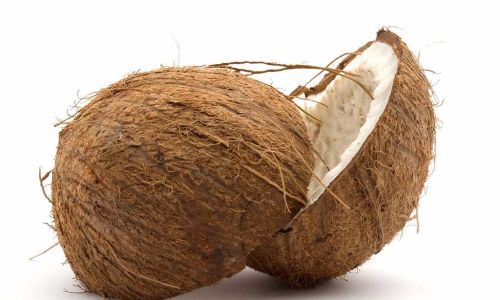
-
Grinding: Use a blender or food processor to grind dried coconut meat into a fine powder.
-
Sifting: Pass the ground coconut through a fine-mesh sieve to remove any large particles, ensuring a smooth texture.
Common Uses:
- Baking: Substitute coconut flour for wheat flour in various recipes, such as bread, cakes, and muffins. Note that coconut flour absorbs more liquid than wheat flour, so adjustments may be needed.
- Pancakes and Waffles: Add coconut flour to gluten-free pancake and waffle batter for a nutritious, slightly sweet flavor.
- Thickening Agent: Use coconut flour as a thickening agent in soups, gravies, and sauces.
Tips for Using Coconut Flour:
- Because coconut flour is highly absorbent, start with a smaller amount than you would use for wheat flour and gradually increase as needed.
- Store coconut flour in an airtight container in a cool, dry place for up to six months.
Conclusion
Coconut meat, with its unique texture and mild sweetness, offers a wealth of culinary opportunities. From fresh consumption to grated, milked, dried, and even floured forms, coconut meat can elevate dishes from mundane to extraordinary. By following the preparation tips and exploring the diverse ways to enjoy coconut meat, you can harness the full potential of this tropical treasure, transforming it into delicious and nutritious meals that celebrate the essence of the tropics. Whether you’re a seasoned chef or a home cook eager to experiment, coconut meat is a versatile ingredient that promises to delight your taste buds and nourish your body. Happy cooking!
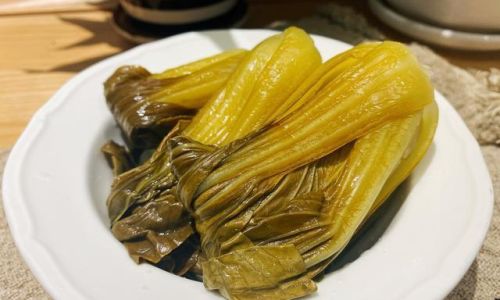
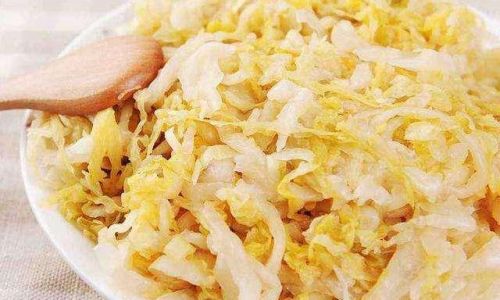

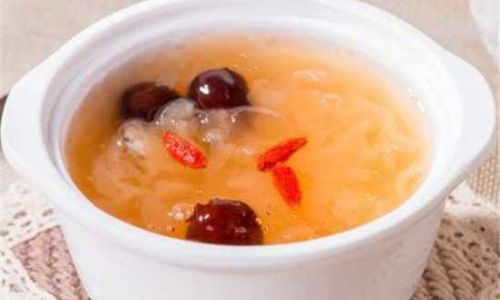
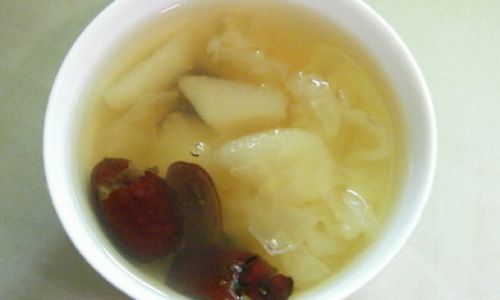
0 comments